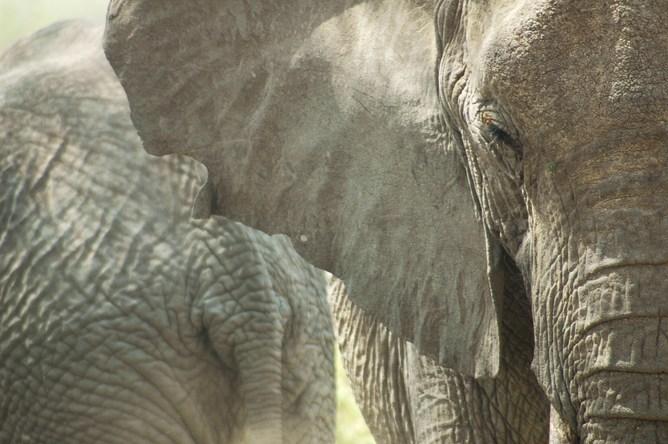As highly social animals—like human beings—elephants rely on their bonds to navigate everyday life. Group living helps elephants with the difficult decisions that they make on a regular basis—what to eat, where to go when the water dries up, how to parent.
And as with people, some social bonds are more important than others. Old age among the elephant matriarchs that lead family groups has been linked to more appropriate responses to predator noises, better recognition of the calls of elephants from other groups, and higher calf survival during droughts. These honed skills and the benefits they provide to younger family members may be critically important for animals that traverse vast and dynamic landscapes across African ecosystems.
Unfortunately, older elephants have also been the primary targets of poachers because of their larger tusks. Loss of these socially critical elephants may have long-lasting implications for surviving elephants. With ivory poaching reaching unsustainable levels over the last decade, my colleagues and I decided to investigate how the unnatural deaths of these cornerstone matriarchs affect the remaining elephants in their groups. How resilient are elephant social structures when important members are killed?
Sixteen Years of Elephant Social Interactions
To find out, we analyzed observations of free-ranging elephants in the Samburu and Buffalo Springs National Reserves in northern Kenya between 1998 and 2014. That stretch included periods of low poaching and the more recent period of high poaching, intensifying in 2009. The high-poaching period was exacerbated by a severe drought that killed many old and very young elephants.
Each observation consisted of a list of elephants that we found in a group together while conducting transects across the reserves. Over the 18 years that Save the Elephants has maintained this field project, we’ve compiled an identification guide to individual elephants using unique physical attributes—an ear tear in the shape of a diamond, a broken tusk, a scar, a consistent fondness for the feel of the truck hood against one’s trunk. Elephants in these reserves have been exposed to tourist and research vehicles for decades, making it easy to approach and observe without disturbing them.

